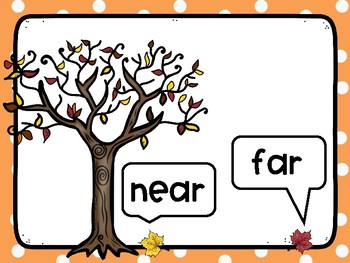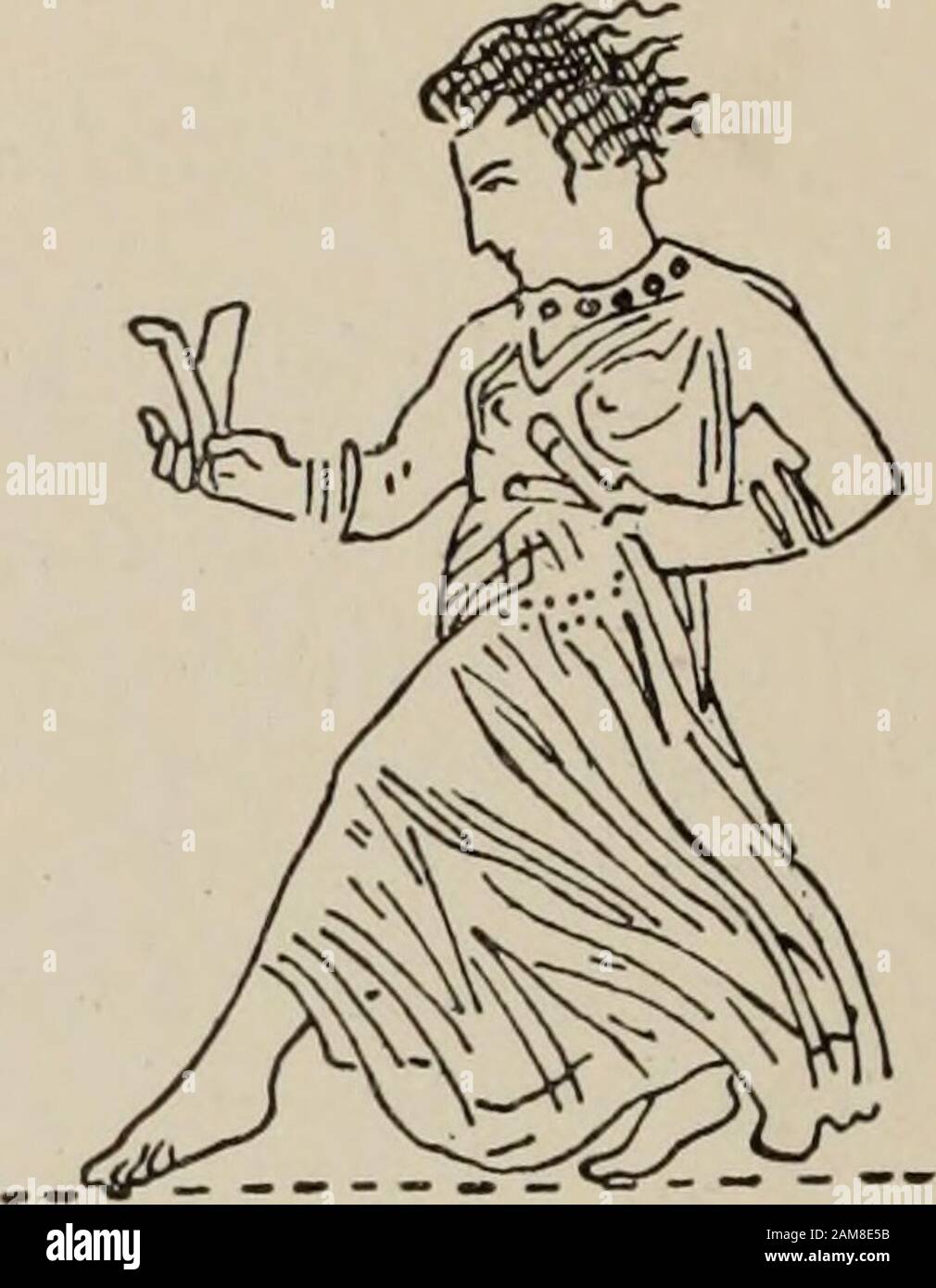
Extraction point: the location designated for reassembly of forces and their subsequent transportation out of the battle zone. May also refer to placing a unit in a position to enfilade, or the position so enfiladed. For instance, a trench is enfiladed if the enemy can fire down the length of the trench. Enfilade: a unit (or position) is "enfiladed" when enemy fire can be directed along the long axis of the unit. Encirclement: surrounding enemy forces on all sides, isolating them. Echelon formation: a military formation in which members are arranged diagonally. DUSTOFF: a now traditional call sign for US Army Air Ambulance helicopter operations engaging in MEDEVAC. Defilade: a unit or position is "defiladed" if it is protected from direct exposure to enemy fire see also Hull-down. 
Decisive victory: an overwhelming victory for one side, often shifting the course of conflict.Debellatio: to end a war by complete destruction of a hostile state.Coup de main: a swift pre-emptive strike.Coup de grâce: a death blow intended to end the suffering of a wounded soldier also applied to severely damaged ships (called scuttling when applied to friendly ships).Column: a formation of soldiers marching in files in which the files is significantly longer than the width of ranks in the formation.Chequered retreat, ( retraite en échiquier, Fr.) a line or battalion, alternately retreating and facing about in the presence of an enemy, exhibiting a deployment like chequered squares.Charge: a large force heads directly to an enemy to engage in close quarters combat, with the hope of breaking the enemy line.Bridgehead and its varieties known as beachheads and airheads.Breakout: exploiting a breach in enemy lines so that a large force (division or above) passes through.Breach: a gap in fortified or battle lines.The goal is to halt the movement of goods which could help the blockaded nation's war effort.
 Blockade: a ring of naval vessels surrounding a specific port or even an entire nation. Battalia: an army or a subcomponent of an army such as a battalion in battle array (common military parlance in the 17th century). Artillery barrage: a line or barrier of exploding artillery shells, created by continuous and co-ordinated fire of a large number of guns. Ambush: carrying out a surprise attack on an enemy that passes a concealed position. Many of the terms below can be applied to combat in other environments although most often used in reference to land warfare. These terms are used for talking about how armed forces are used. Artillery battery: an organized group of artillery pieces (previously artillery park). Artillery includes any engine used for the discharge of large projectiles. No man's land was what the Allied Expeditionary Force under the command of General Pershing would refer to the land separating the fronts of the two opposing armies, as it was deadly to be there. No man's land: land that is not occupied or, more specifically, land that is under dispute between countries or areas that will not occupy it because of fear or uncertainty, or for tactical or strategical considerations.
Blockade: a ring of naval vessels surrounding a specific port or even an entire nation. Battalia: an army or a subcomponent of an army such as a battalion in battle array (common military parlance in the 17th century). Artillery barrage: a line or barrier of exploding artillery shells, created by continuous and co-ordinated fire of a large number of guns. Ambush: carrying out a surprise attack on an enemy that passes a concealed position. Many of the terms below can be applied to combat in other environments although most often used in reference to land warfare. These terms are used for talking about how armed forces are used. Artillery battery: an organized group of artillery pieces (previously artillery park). Artillery includes any engine used for the discharge of large projectiles. No man's land was what the Allied Expeditionary Force under the command of General Pershing would refer to the land separating the fronts of the two opposing armies, as it was deadly to be there. No man's land: land that is not occupied or, more specifically, land that is under dispute between countries or areas that will not occupy it because of fear or uncertainty, or for tactical or strategical considerations. 
Often used to create a buffer between two conflicting states to prevent accidental border skirmishes and established by treaty or a third party peace keeper.
Other words for positions free#
Demilitarized zone (DMZ): Area that is specifically established to be free from military presence or action.Measurement and signature intelligence (MASINT).High-frequency direction finding (nicknamed huff-duff) is the common name for a type of radio direction finding employed especially during the two world wars.

Signals intelligence (SIGINT) and signals intelligence in modern history.Cantonment: a temporary or semi-permanent military quarters in South Asia, the term cantonment also describes permanent military stations.








 0 kommentar(er)
0 kommentar(er)
